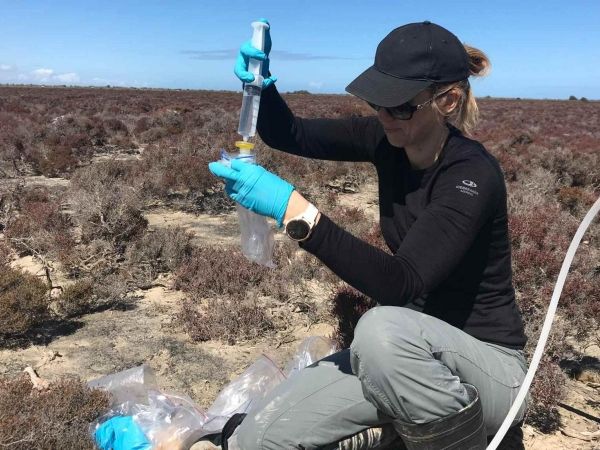Published in Talanta , the research opens up potential for new environmental applications of the method, such as tracing the effect of sea level rise, including detection of seawater intrusion into freshwater systems.
“Sulfur isotopes can tell us a great deal about Earth cycles both now and in the past,” said lead author PhD student Emily Leyden from the University of Adelaide’s School of Biological Sciences.
“Different water sources have different levels of sulfur isotopes within them. The processes that occur within an environment such as the intrusion of seawater into freshwater systems, and oxidation of acid sulfate soils, can change these ratios. By analysing sulfur isotope ratios we can gain important insights into how environments are changing.”
Continue reading at University of Adelaide
Image via University of Adelaide


